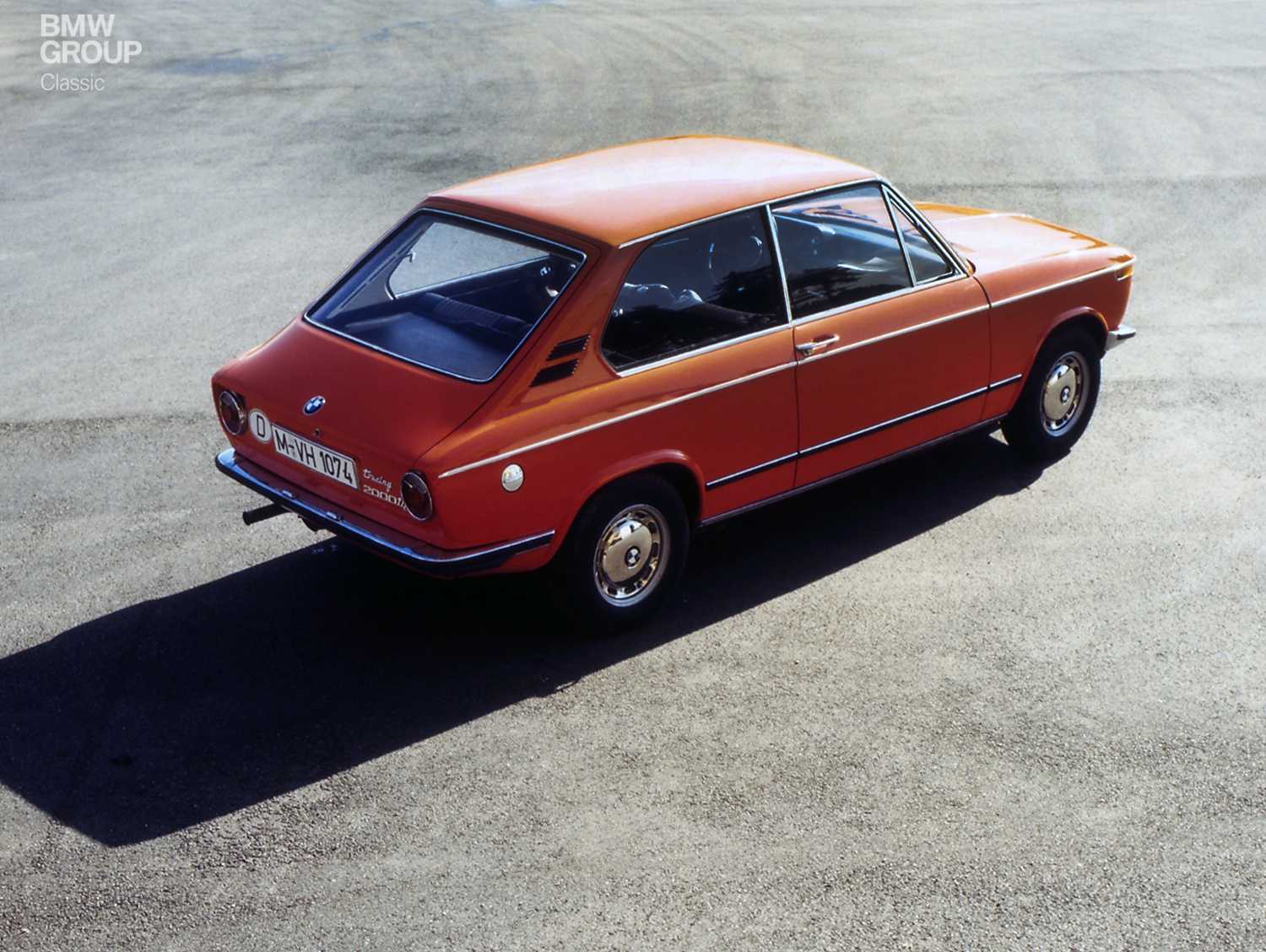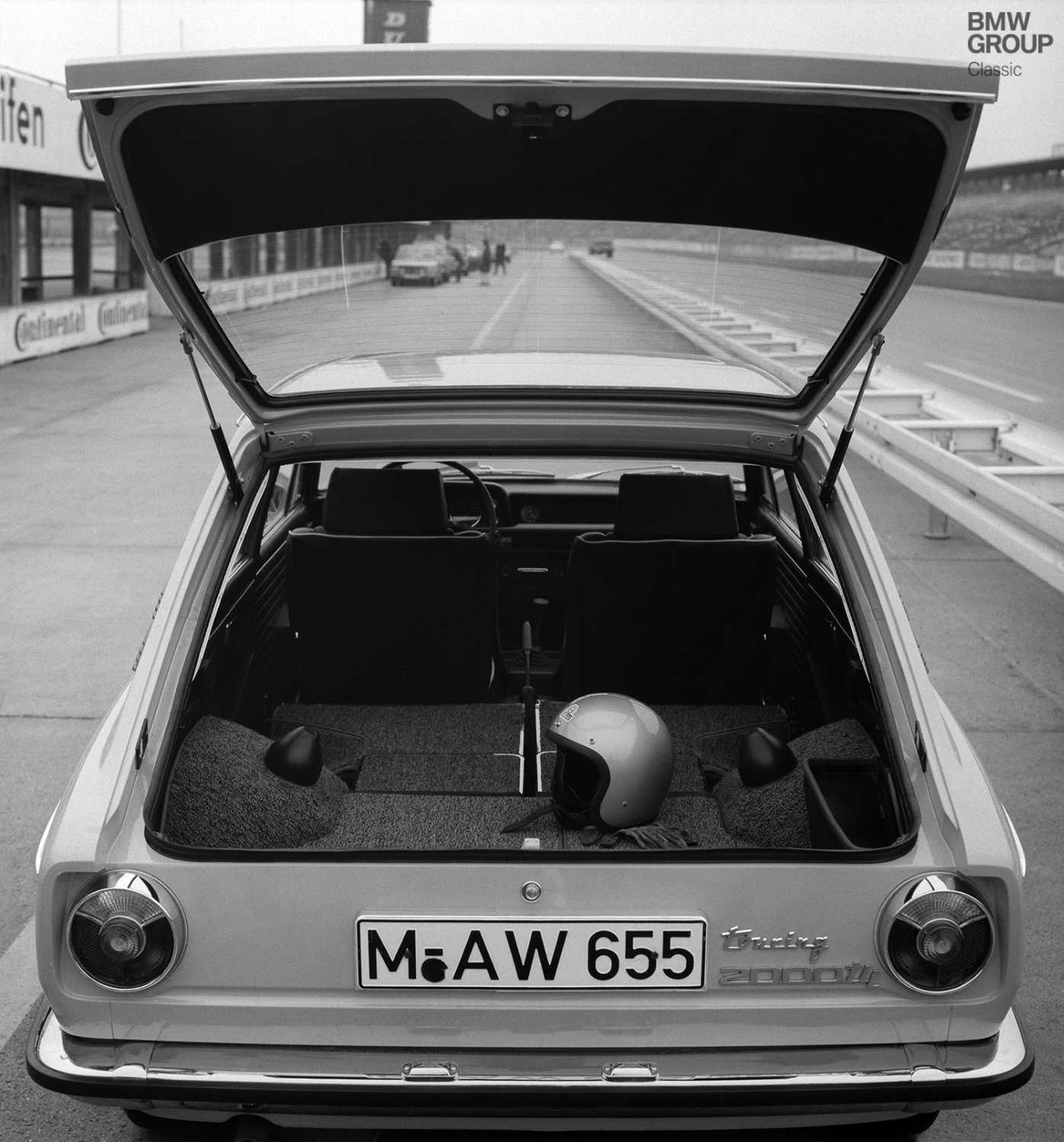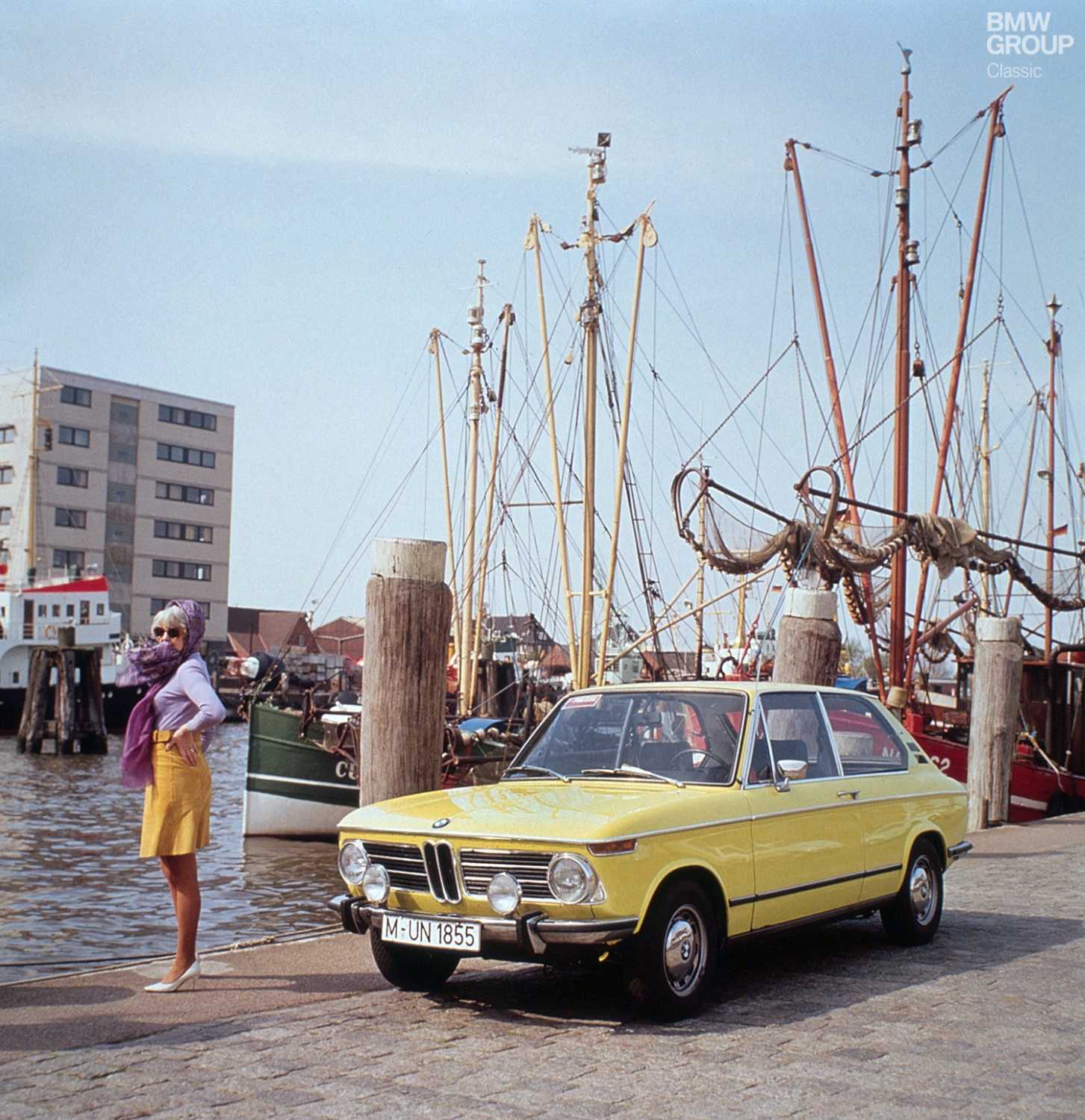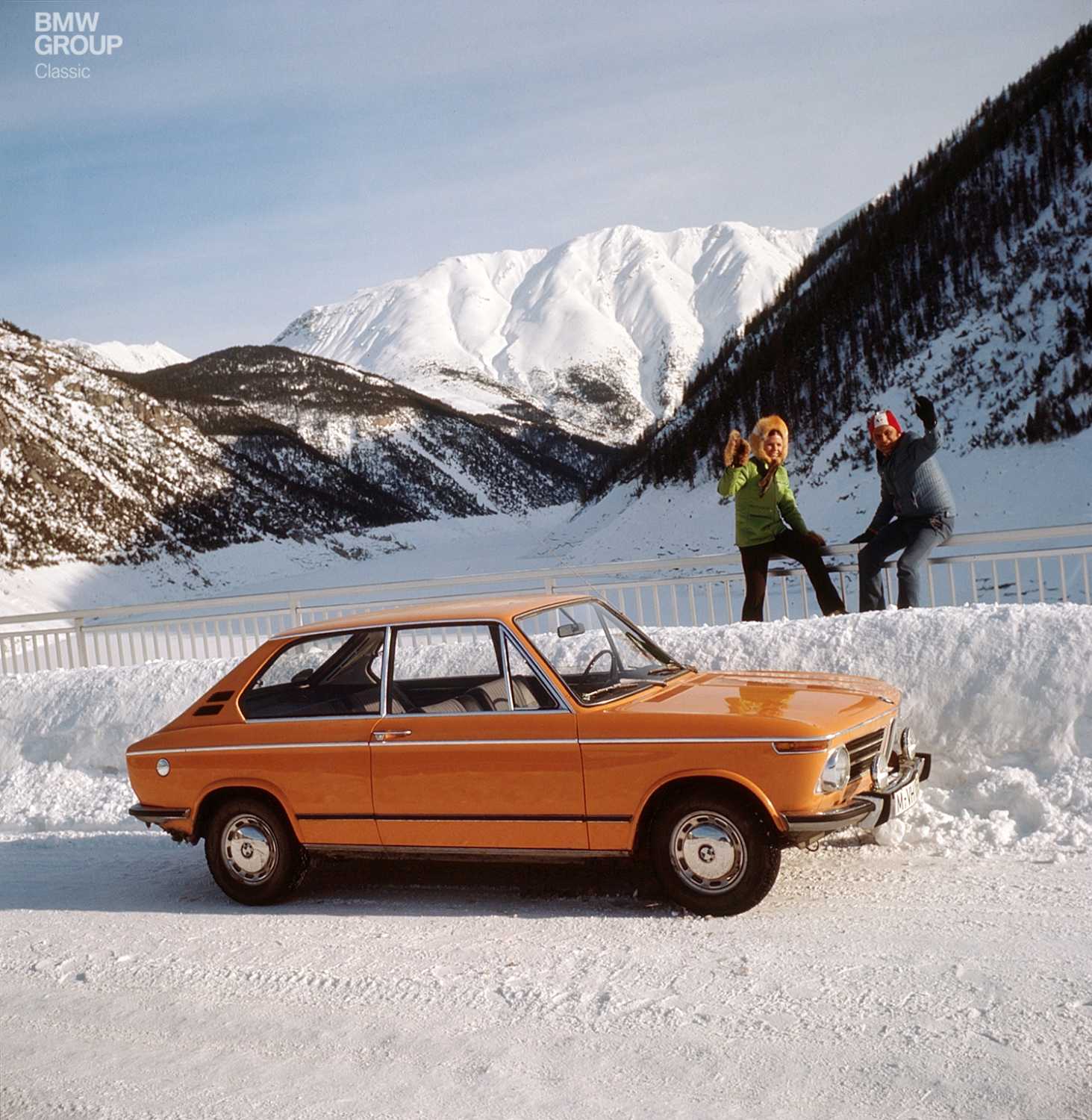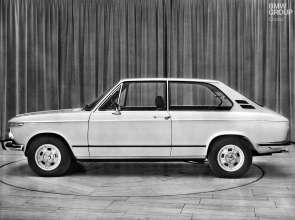BMW’s “Nullzwei” (02) range of models wrote the first chapter in its unique and successful history in 1966. From day one, its sporting blend of superior performance and practicality hit the spot with customers. However, the Nullzwei was essentially only available in a single body variant in the early years – a two-door sedan with classically protruding boot.
The sole – and rather handsome – exception was the Convertible, built by Baur in Stuttgart. Its one visually distinguishing feature from tin-top 02s was its retractable roof. And it was only a bit-part player in terms of production numbers.
Reimagining the 02 concept.
BMW hesitated long and hard before adding the new touring (note: touring with a small “t”) to the range in 1971. The powers-that-be were keen to broaden the reach of the 02, which had been on the road for five years by this point. But the development of a totally new body type would be quite the wallet-lightener, not to mention a risky proposition. The new variant was intended to share the front and side sections of the existing 02, but then offer buyers genuine variation from the B-pillars back. Enhanced versatility and functional appeal made an excellent fit for the evolving zeitgeist; customers now demanded extra practicality from their car, but that didn’t mean they wanted to confuse it for a van.
A compact and multifunctional start to the seventies.
And so the new touring defied classification as either a coupe or an estate car in the classical sense. Instead, it carved out a distinctive and previously uncharted niche for itself. The touring was 12 cm shorter than its sedan stablemate (and 3 cm lower), but its large tailgate combined with the split/folding rear seat backrests to create a load area of eye-catching dimensions, one which could swallow some really quite large items of cargo. Added to which, the rakish new design provided the universally familiar 02 range with a dramatic refresh. Such a youthfully sporty Nullzwei caught everyone by surprise.
Trusted technology.
The touring took its technical cues from the sedan, sharing the same range of engines to start with and only changing its nameplates. For example, the badge on the rear of the 2-litre model initially read “BMW touring 2000” (it was another two years before the planets re-aligned and it was changed to “2002 touring”). From model year 1974, the touring was also available in 1802 guise with a 90 hp engine, the 1.6-litre 85 hp entry-level model having been given the chop back in 1972. The range-topping versions of two body variants were cut from the same cloth. The 2002 tii with Kugelfischer injection pump and 130 hp offered sports-car performance in both the sedan and touring, the 17/1971 edition of auto motor und sport magazine recording a heady top speed of 189 km/h (117 mph) and 0-100 km/h (62 mph) in 9.2 seconds. Editor Helmut Eicker declared himself impressed by how quickly the car could cover ground – and how sublimely it went about the task. “The tii in particular (…) radiates true driving pleasure. Its estate car identity can be seen but not felt.” The latter part of Eicker’s observation revealed the widely held reservations about estate cars at the time, whose typically bulked up rear axles and suspension could have a seriously negative impact on its ride comfort and handling skills.
Taking the sedan a stage further.
The touring was always a touch more expensive than its similarly-powered sedan counterpart, initially selling for a minimum 11,544 marks in BMW 2000 touring form (2002 sedan: 10,880 marks). A “rally pack” brought sports seats as good-looking as they were comfortable, plus light-alloy wheels and wider tyres – which fitted its overall profile rather neatly. Indeed, customers could pick from an extensive options list when specifying their touring.
The sedan gained new, rectangular rear lights as part of an extensive facelift in 1973, but the touring retained its circular lights – now very much a signature of the 02 – until the end of production in 1974. The touring never matched the high production figures achieved by the sedan, but it remained the variant of choice for customers who needed extra practicality but still appreciated the sporting alacrity of the “small” BMW. All in all, 30,000 or so examples of the touring were built over its lifetime.
